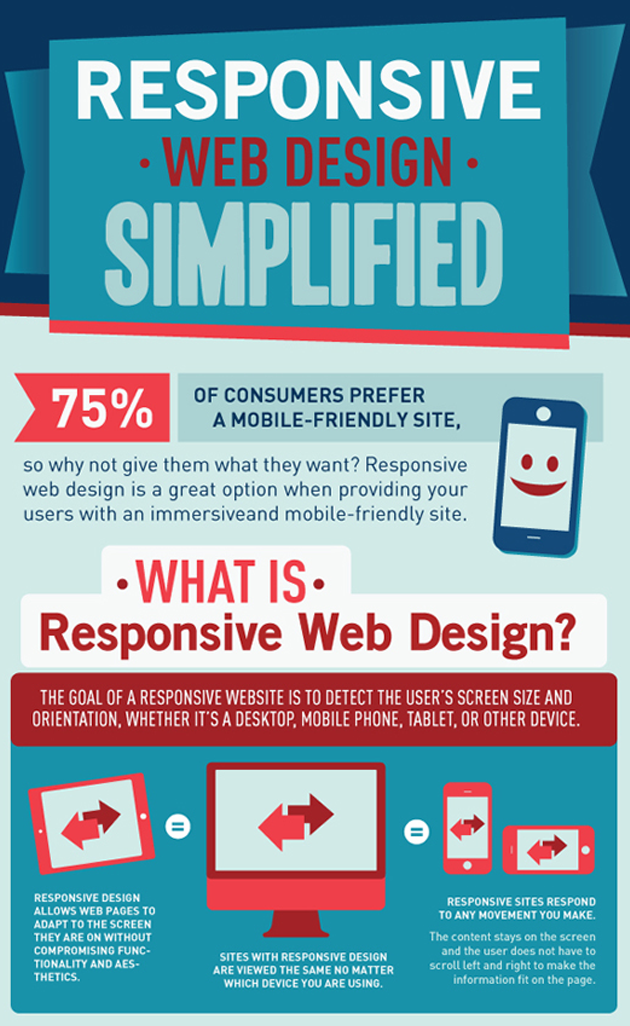Website Style Basics: Tips For Structure A User-Friendly Site
Website Style Basics: Tips For Structure A User-Friendly Site
Blog Article
Web Content Composed By-Crews Thrane
When it involves website style, making sure user-friendliness is essential. From receptive design to streamlined navigating, every aspect plays a critical function in creating a site that satisfies your target market's requirements. However what about the finer information that can make or damage a user's browsing experience? Stay tuned as we uncover some often-overlooked pointers that can elevate your web site's usability to the next degree, making it genuinely stick out in the digital landscape.
Significance of Responsive Layout
Responsive style is a vital aspect of modern-day site growth. Guaranteeing your web site is receptive ways that it can adjust to different screen dimensions and tools, supplying a smooth experience for customers.
With the enhancing use of smart devices and tablets to access the net, having a responsive design is crucial for getting to a wider audience. It helps in boosting individual experience by making your web site easy to browse and continue reading any type of device.
Additionally, responsive layout can favorably affect your internet search engine rankings, as search engines like Google prioritize mobile-friendly web sites. By having a receptive design, you're likewise future-proofing your web site, as new devices with varying screen dimensions remain to arise.
Simplify Navigation Structure
To improve user experience and help with simple access to info on your website, streamlining the navigating structure is critical. When developing ada compliance wcag 2.0 , focus on creating a clear and instinctive navigating menu that assists visitors locate what they're searching for swiftly.
Limit the number of menu things to the essentials, organizing related web pages together to stay clear of overwhelming users. Usage descriptive tags that clearly suggest the content of each page, making it much easier for individuals to understand where each link will take them.
Take into consideration carrying out dropdown food selections for subcategories to stop cluttering the main navigating bar. Furthermore, consist of a search bar plainly on the page for customers that like searching for particular information.
Prioritize mobile responsiveness in your navigating style to make certain very easy gain access to on all gadgets.
Optimize Web Page Load Speed
Improving page tons rate is essential for keeping visitors on your website. Slow-loading pages irritate users and can cause high bounce prices. To maximize go now , beginning by enhancing photos. Compress photos without compromising top quality to lower their data dimensions.
Furthermore, enable web browser caching to save frequently accessed sources locally, quickening tons times for returning visitors. Minify CSS, JavaScript, and HTML data by eliminating unnecessary personalities, remarks, and format, enhancing tons rate.
Think about making use of a web content distribution network (CDN) to disperse your internet site's material throughout multiple servers worldwide, decreasing latency for customers accessing your site from various areas. Finally, restrict making use of third-party manuscripts and plugins, as they can significantly influence load times.
Conclusion
Finally, by integrating receptive layout, simplifying navigation, and enhancing page tons rate, you can create a straightforward site that interest a wider audience and enhances customer experience. These essential elements guarantee that visitors can easily accessibility and navigate your website throughout various devices, causing increased interaction and contentment. By concentrating on these key facets, you can develop an effective internet site that maintains customers coming back for more.
